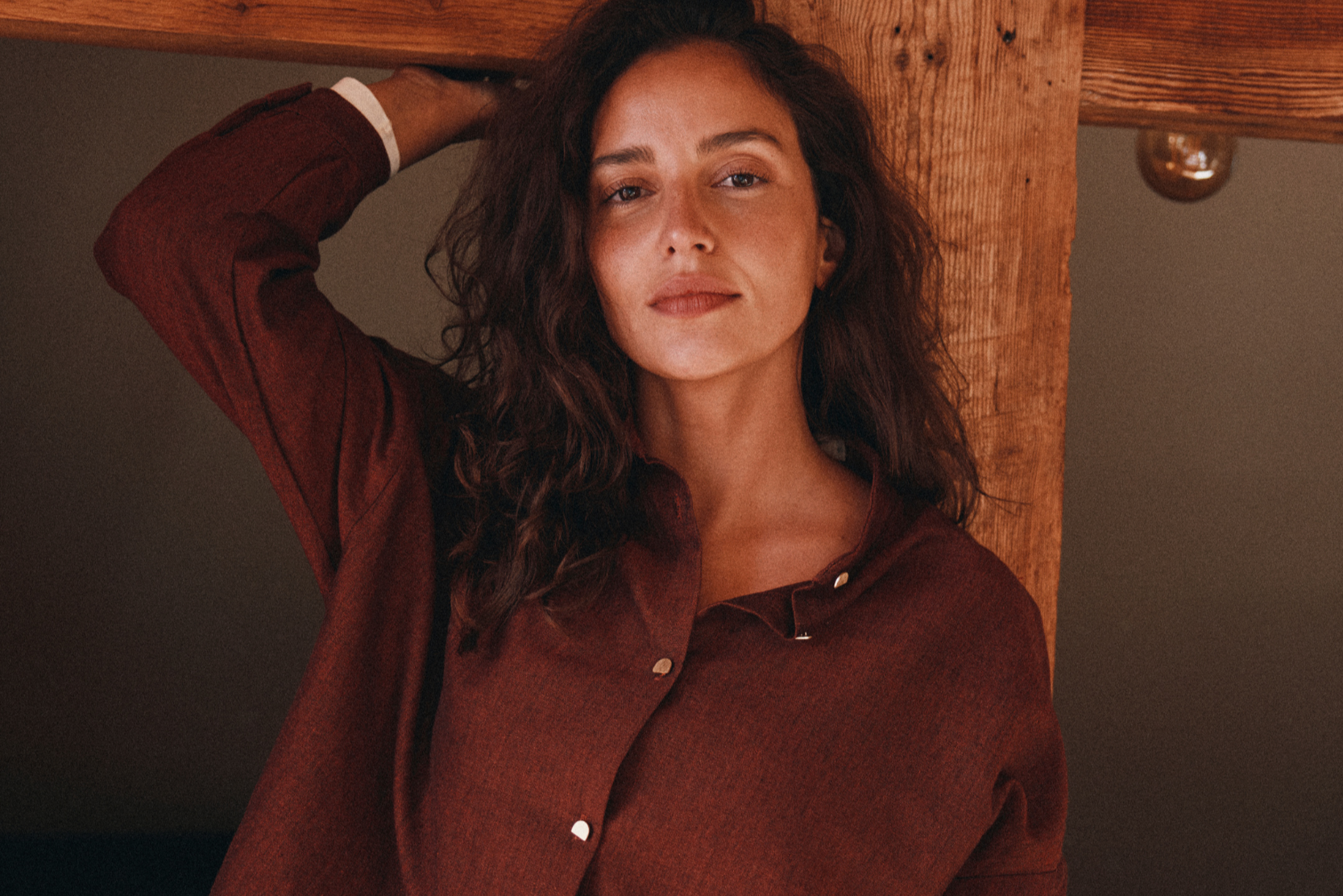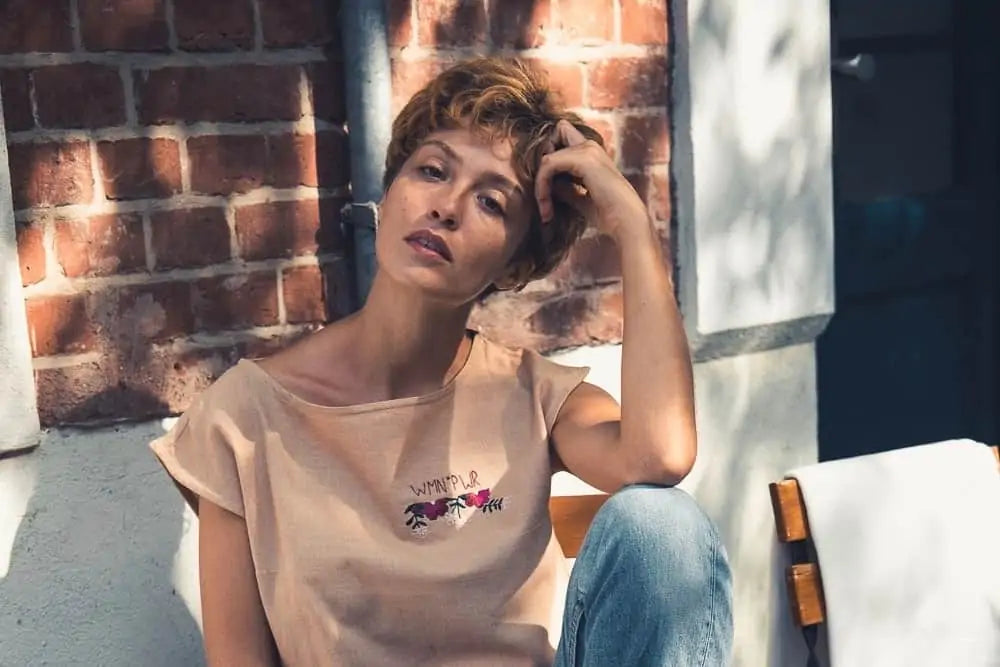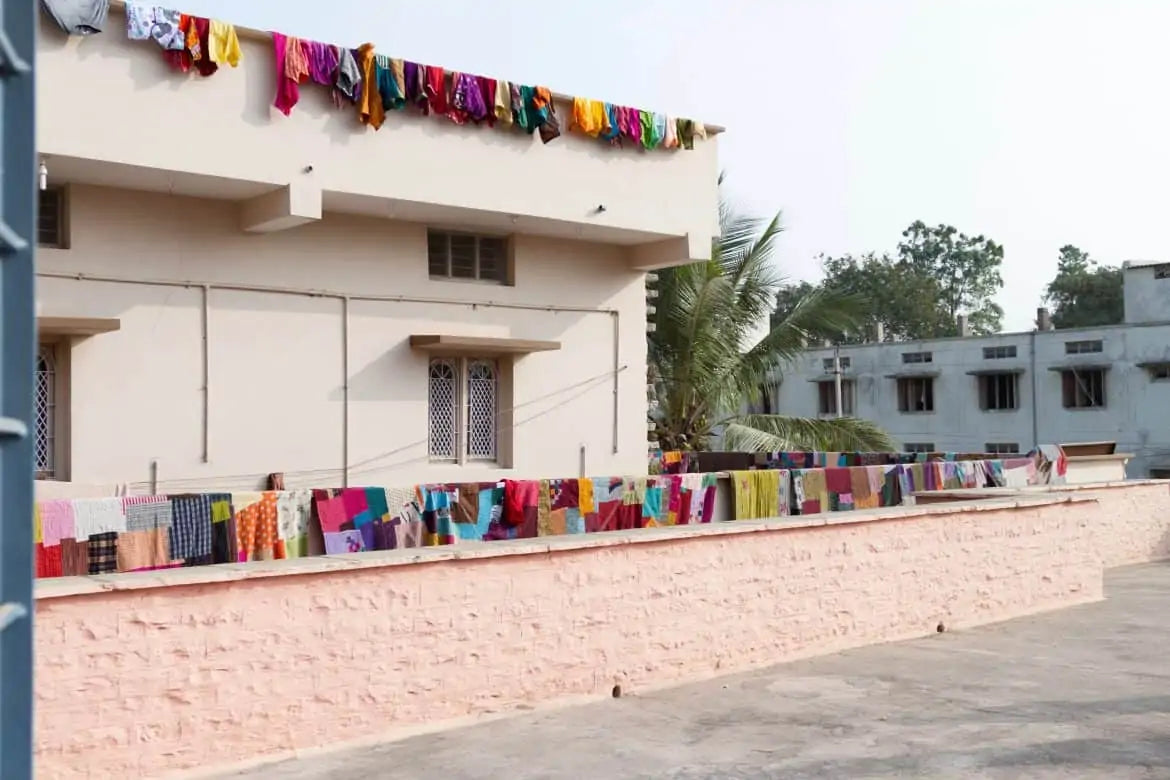circular wardrobe (part 1/5) - shopping correctly

Up until now, the wardrobes of many of us have been one thing above all: overfilled! Clothes are bought, worn a few times at best, and then wander deeper and deeper into the depths of the wardrobe until they have to make room for new ones. Care for or mend? - Hardly worth it for a shirt that only cost €5. Everyone should be aware by now that this consumer behavior is now having a significant impact on people and the environment. Nevertheless, it is often not that easy to form an opinion about what sustainability means to you - because once you have started, there is really no end.
Welcome to part 1 of our blog post series! Here we want to show you some ideas that can help you and your wardrobe escape excess. Because you can dress sustainably and at the same time modernly and beautifully. So come along and accompany us on the way to a fair and ecologically sustainable "circular wardrobe"!
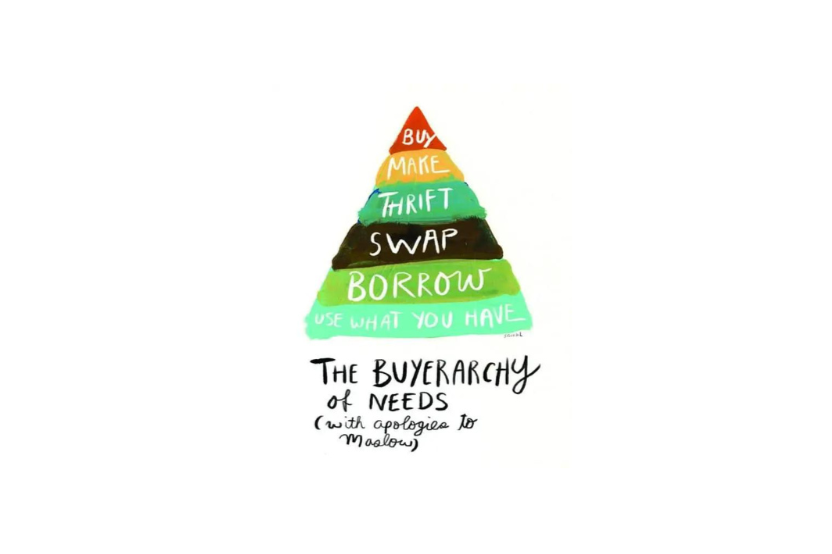
(Illustration by Sarah Lazarovic via thenonconsumeradvocate.com)
A conscious and sustainable approach to clothing is something that is very important to us. It is not only important to us how we make our clothing, but also how we treat it. For us, consuming fashion sustainably means first and foremost buying as little fashion as possible and, above all, taking proper care of what you already have (more on this in Part 2).
The first step towards fair and ecological fashion consumption is to ask yourself what you really need.
In our opinion, there is no better way than to go to the nearest second-hand shop, flea market, swap party or clothing dealer. Second-hand fashion is always a good choice, because you are not contributing to more production, but rather giving new value to old things. If you buy fewer new products, you keep demand lower, which means less is produced. As a consumer, you have a lot more in your hands than most people realize. We also try to do our part and do not want overproduction! For this reason, we work according to the principle: "First ask, then sew" (more on this in our blog post: "HOW DOES FASHION WORK WITHOUT WASTE?" )


Another way to buy less is to rent clothes. FAIRNICA is setting a good example here. They show how you can combine many different outfits from just a few fair fashion items. A new pilot project will soon be starting here, in which we will also be involved with some items of clothing.
You can also borrow clothes from KLEIDEREI and change your look from time to time without having to buy a lot of new clothes. Borrowing clothes is also particularly interesting for baby and children's clothing, for example - you can do this at KILENDA, for example.


If you have decided that you would like to treat yourself to something new, then look for a fair fashion label that suits you and that you would like to support with your purchase. In your search for one, you may come across the following questions: What does fair and environmentally friendly mean in this context and what exactly do the different labels that many companies work with mean?
You may have heard the term "slow fashion" several times by now. It stands for fair and ecologically sustainable consumption at all levels, from the cultivation of raw materials to the purchase by you, and can be seen as a countermovement to conventional "fast fashion". The ever-increasing trend towards "slow fashion" and the associated concepts that span the entire supply chain and the consumption of the end product are improving the working conditions of the seamstresses, creating more room for transparency in the production process, and thus enabling sustainable consumption behavior for consumers.
There are more and more small and large fair fashion labels that work with similar values and transparent value chains. Maybe you know big brands like Armedangels, Hessnatur or Lanius. A good tip for finding smaller fair fashion labels is Avocadostore, an online marketplace for fairly and ecologically sustainably produced products. You can find other fair labels on this LIST .

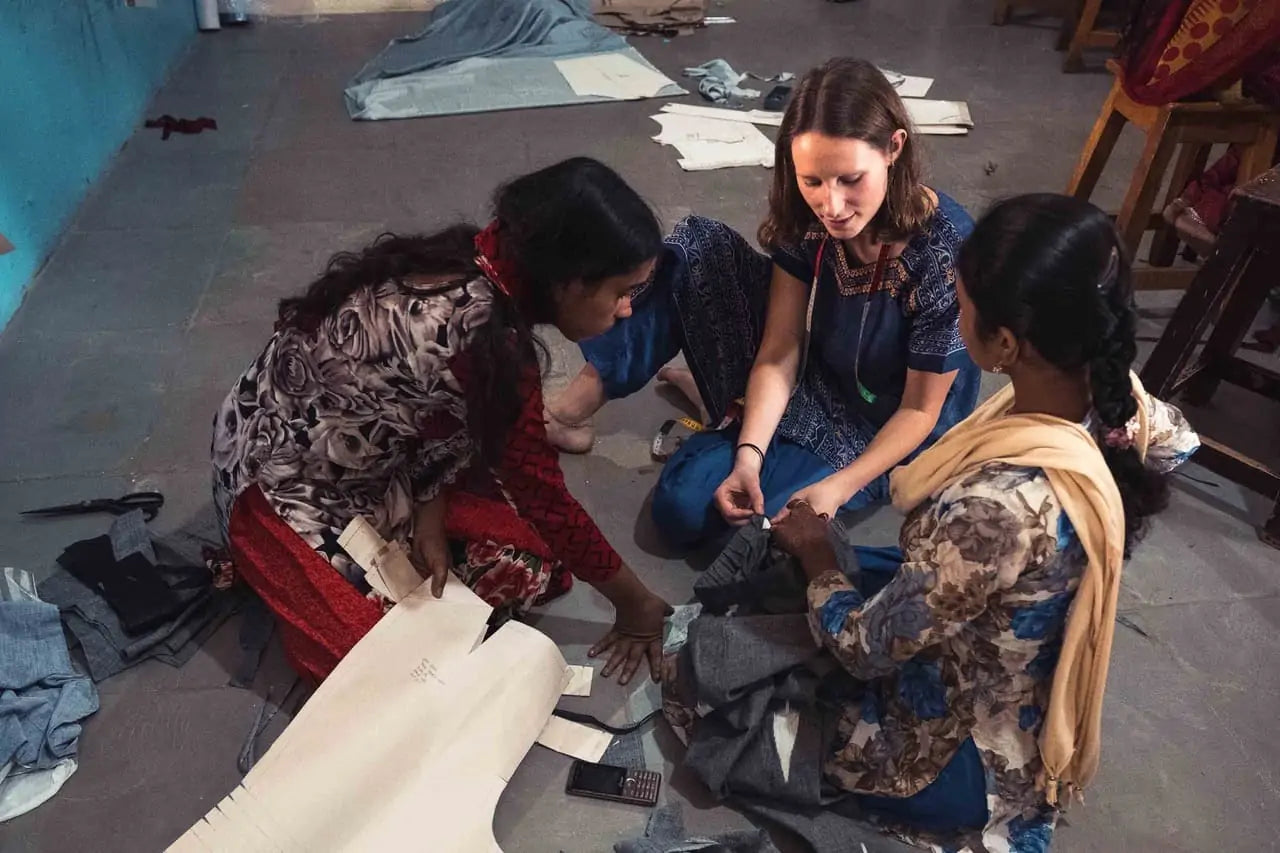
The products of a fair fashion label are usually more expensive than conventional fashion. But the question is, what is behind it? Under what circumstances was the item of clothing produced? What material is it made of? Once you start to question the conventional fashion market and are prepared for the mostly unpleasant answers, you will quickly realize that fair fashion labels are worth their price! It is nice to know that the production of your clothing has not harmed anyone, but on the contrary has brought joy and opened up new possibilities.

